A wonderful adventure in the world of Muller, now let’s throw everything we have at it and make it bigger, better and as crazy as we can. Now how to do this??
After my experience with previous research on physically correct lighting I took the plunge on this one to finally put all these ideas and experiences in motion on a job that someone else had to lead so this had to be rock solid and so I designed the lighting pipeline, tools and conventions along with all the master scenes so we could have a friendly artist experience.
On the way the team did the effort to use this new approach and their constant insights and optimisations kept feeding back to the master idea, which ultimately truly paid of as they managed to produce this super complex piece in record time without any headaches other than adjusting to the typical changes one has come to expect on any job.
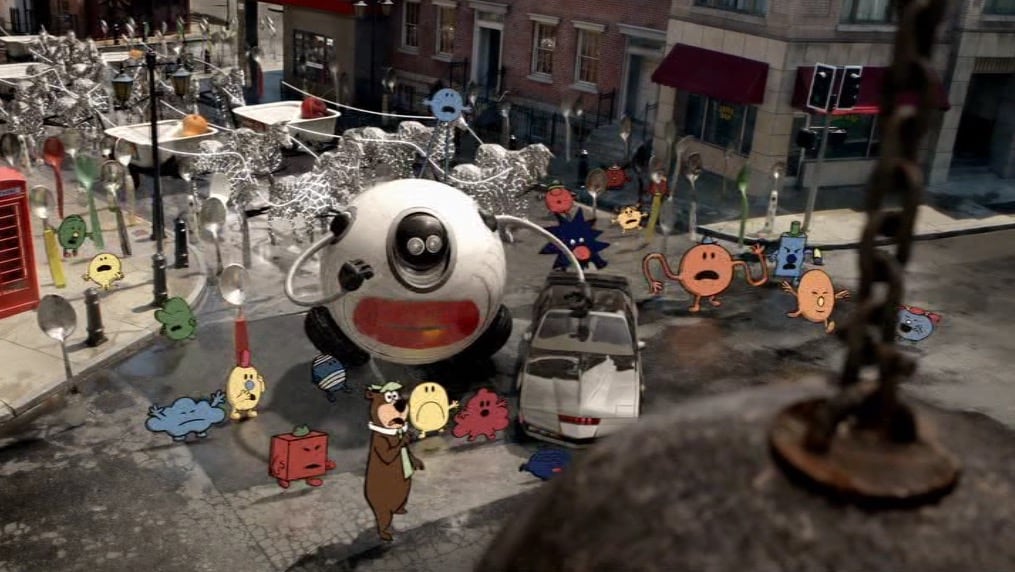
The core idea was to be able to trust every single asset to work under any lighting condition, easy? well, not that easy, believe me. To make this happen I did setup a material designer scene that was properly calibrated to match colour renditions from photoshop, to evaluate all material characteristics like Maxwell does but on a more down to earth approach given our render engine for the job (mental ray) can’t really produce anything as accurate as Maxwell, and of course, last but not least, evaluate the material against various validation images.
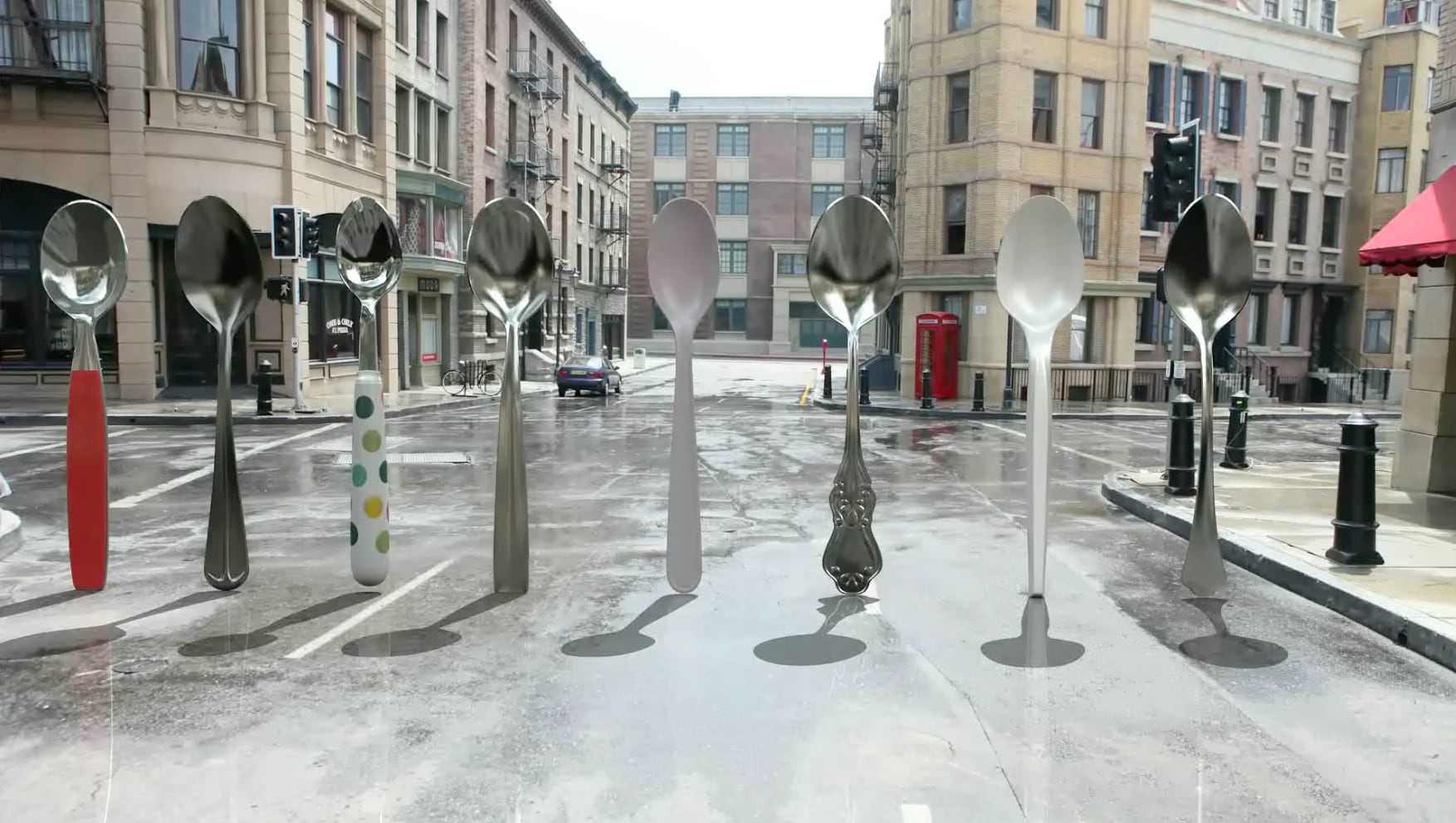
Then I built a library of close to 500 materials that any user could drag and drop onto a scene, only this time this “empty scene” was not empty at all as it had a sophisticated setup that was also calibrated as the material designer scene, this time a different scale altogether. I called this scene the object designer scene and was meant to be the place where you “paint by numbers”. Once the model was approved by client and creative directors we could use it in production.
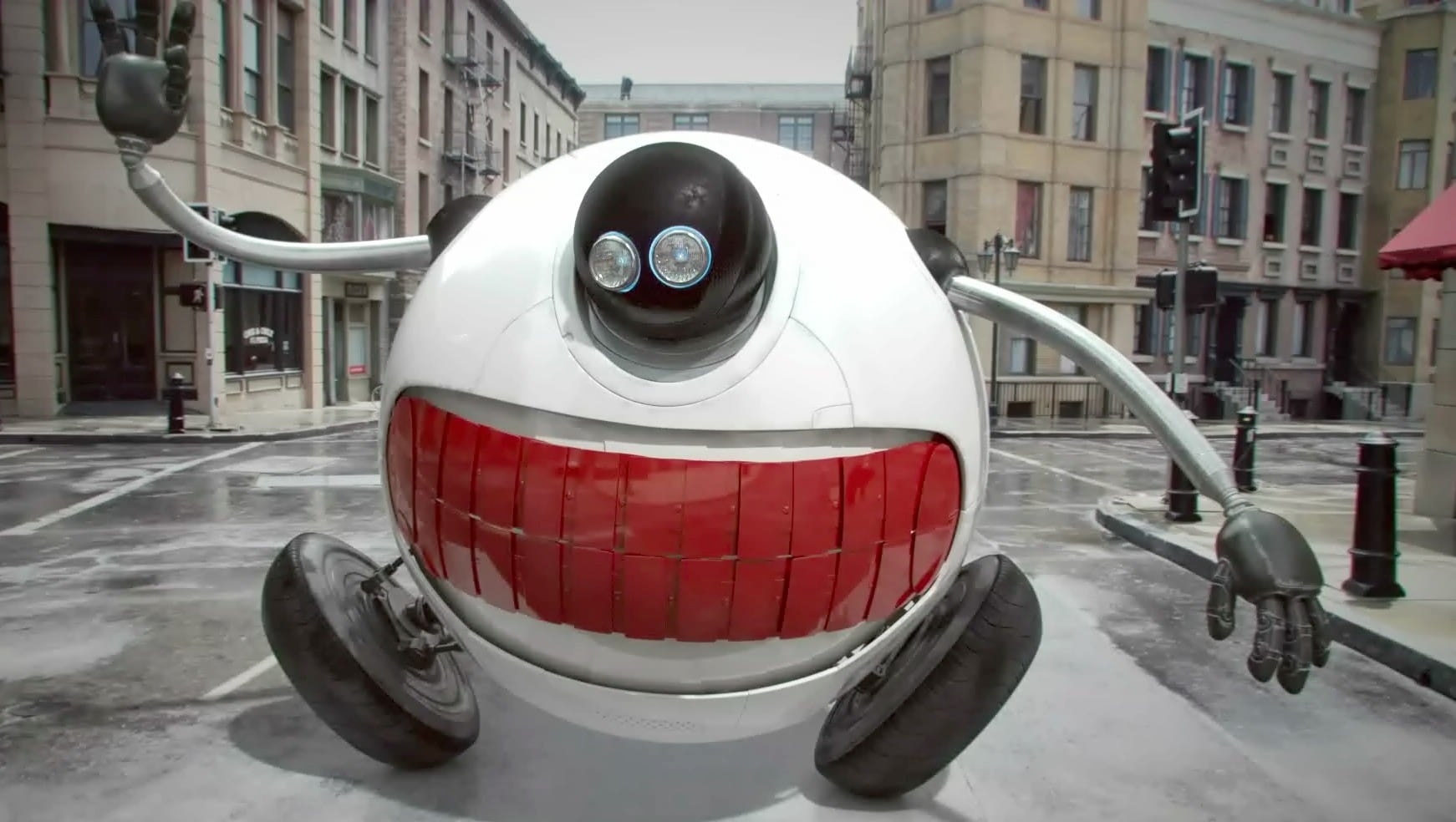
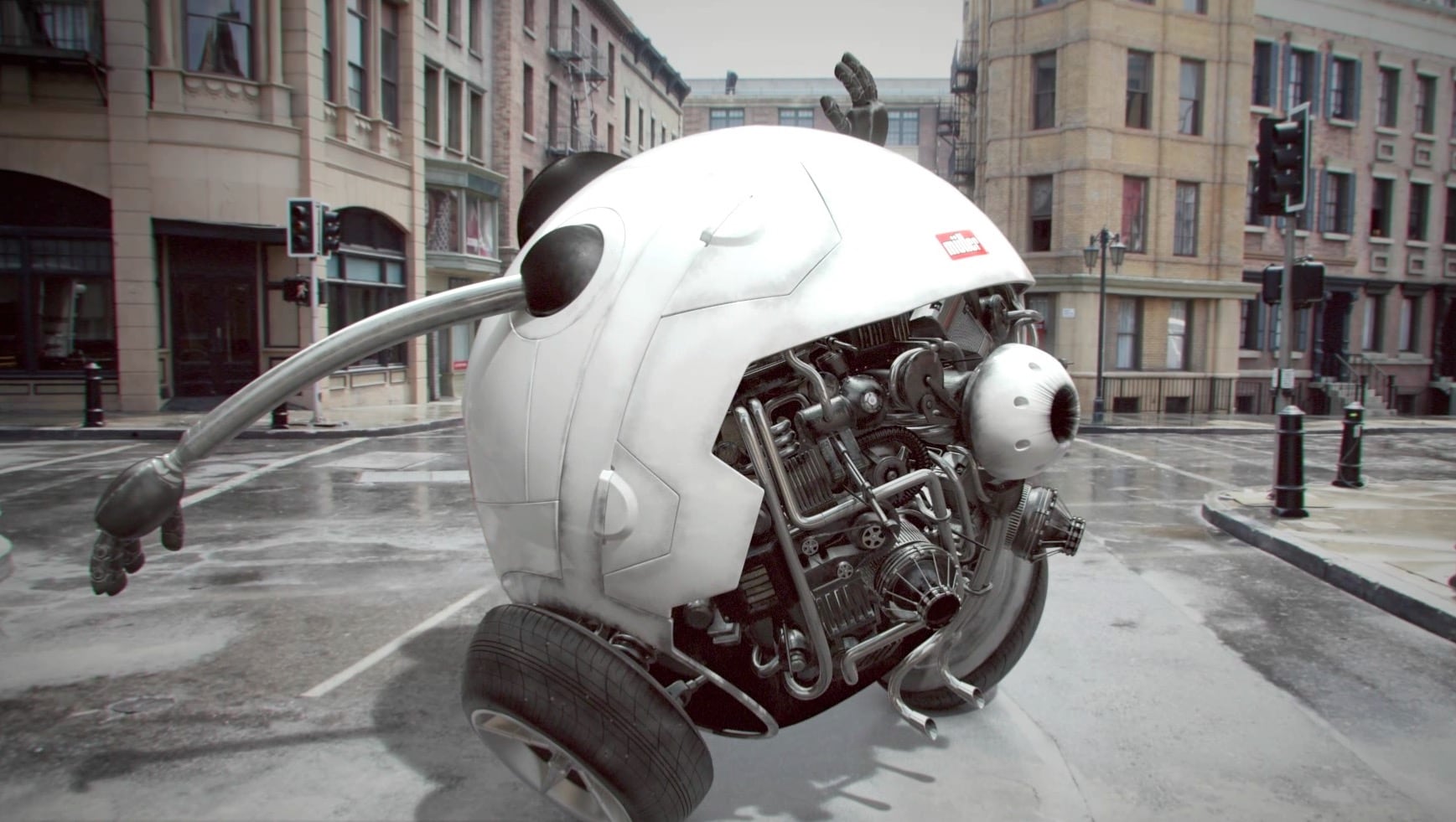
For this latest stage I created a render scene that also was calibrated and had the render setup to produce a standard set of passes that we could grow if necessary but all objects coming from the previous scene had the guarantee to at least react in a coherent way and fit the lighting pretty well from the start.
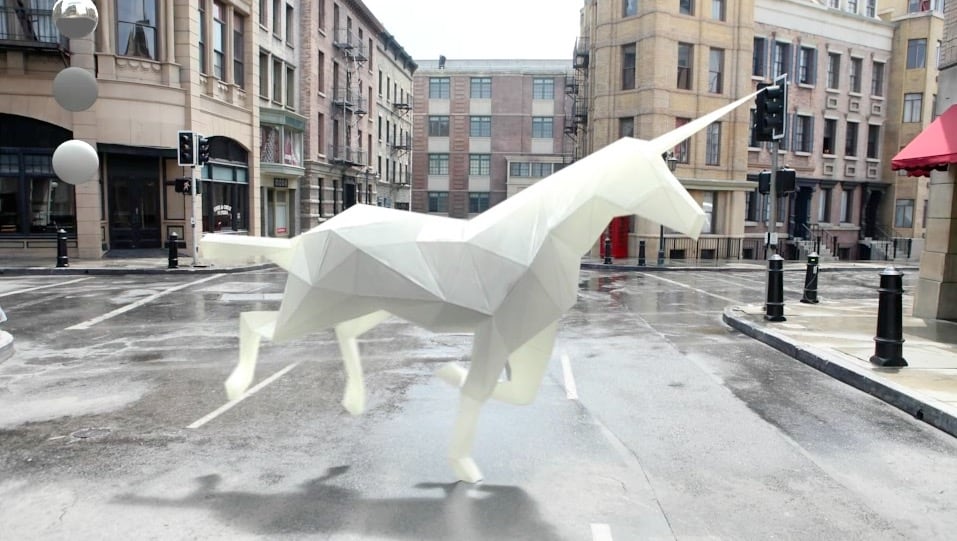
The very complex organisation of the job from concept art to logistics to use 2D material created at another studio made it even more complex and the whole management of the team proved complex too, but by putting some of the very finest people working together the job proceeded perfectly.
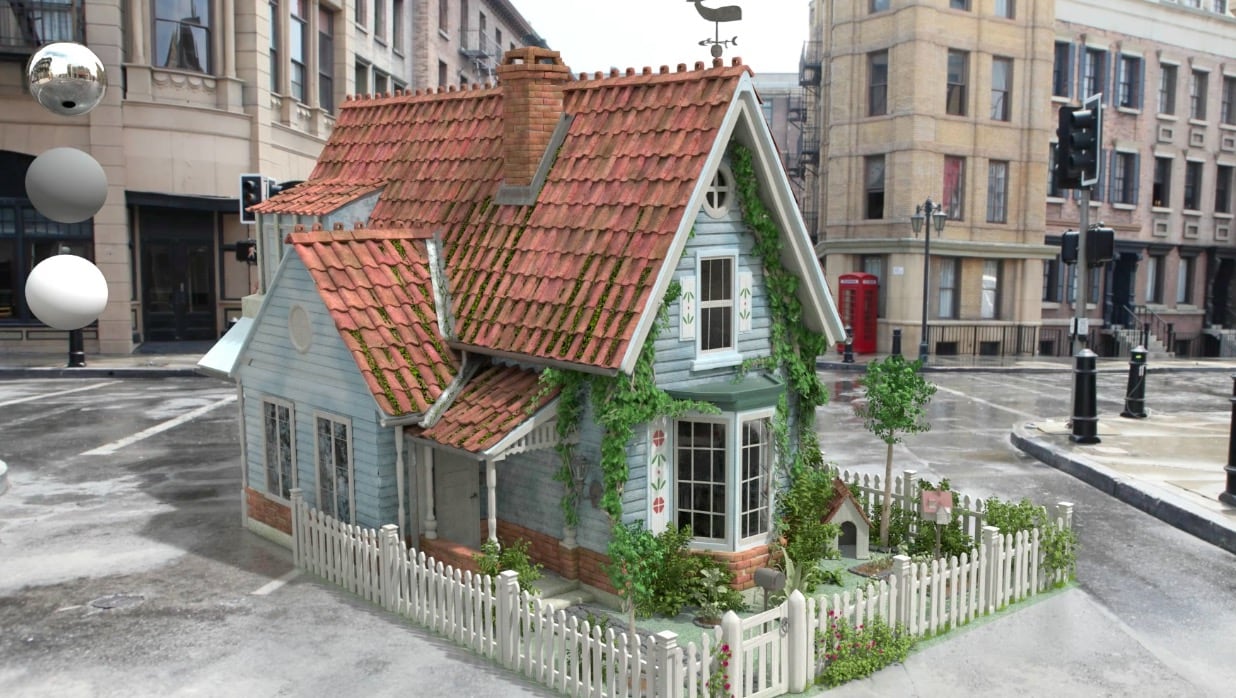
I have added some behind the scenes on this particular occasion so you can see how we were evaluating the materials and design of each character and prop through a calibrated environment that gave us the confirmation that no matter the lighting conditions these objects would work nicely together.
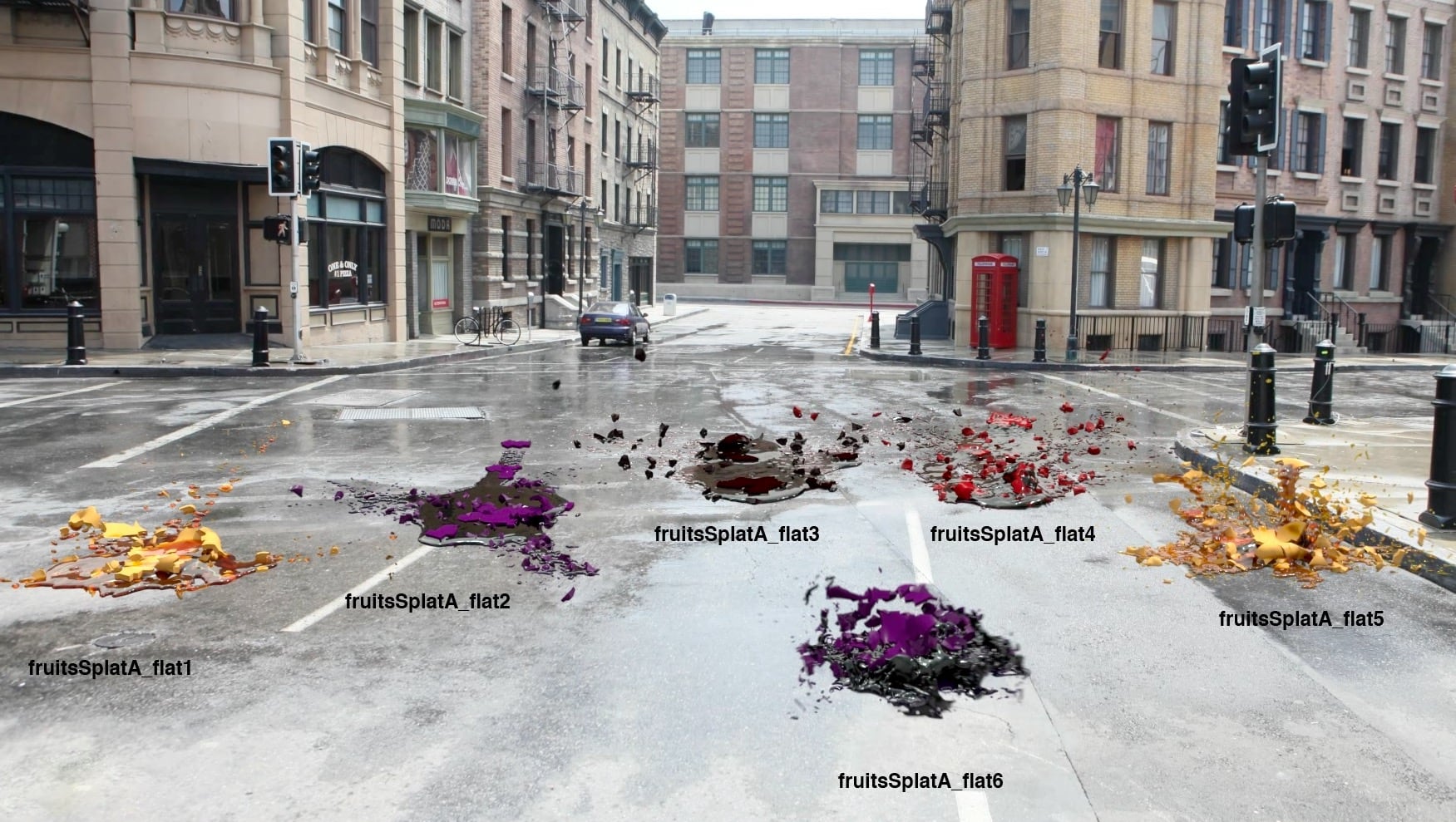
Coordinating the number of assets and animation was mainly a job of cached animation mixed with referenced models and on the big scenes we did use geometry shaders to have ultra-light translation files. This combined with a plugin to visualise the caches in the viewport without loading them did bring an amazing level of iterations for the whole team.
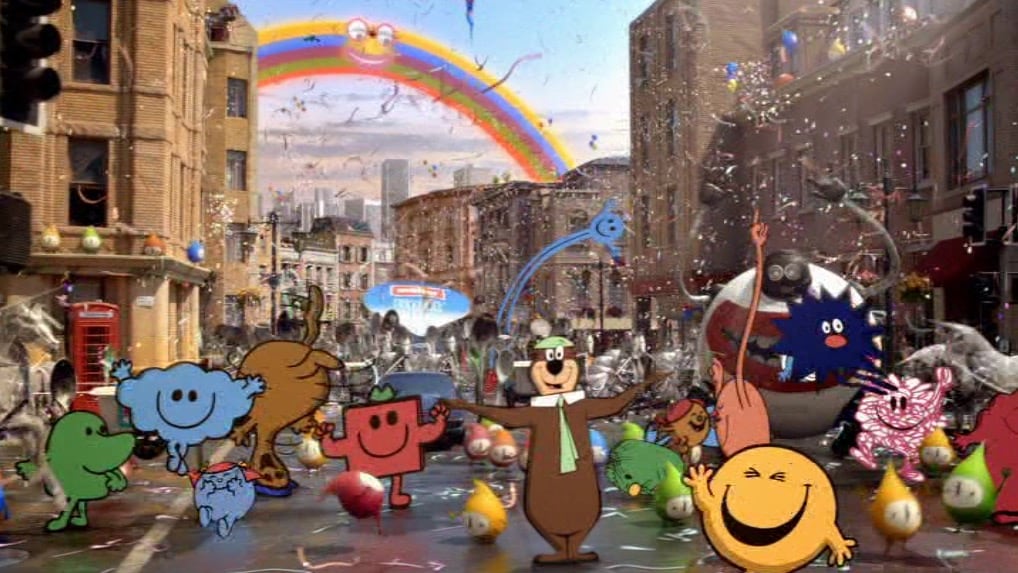
Also, given that all these conditions where known the rendering scene was also coherent and brought few surprises to the team which lead to very fast setup, very strong layout approval and lighting consistencies. Also, new people with little or no experience with XSI could jump on the job without trouble and produce shots from day 1.
Credits
Director: Antoine Bardou-Jacquet
Agency: TBWALondon
Production: Partizan
Task: Creative Dirction/Research